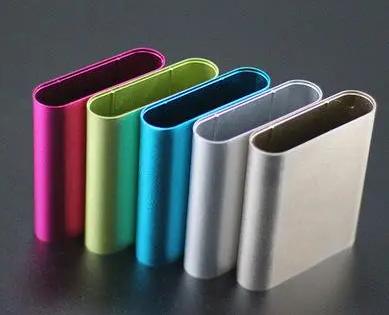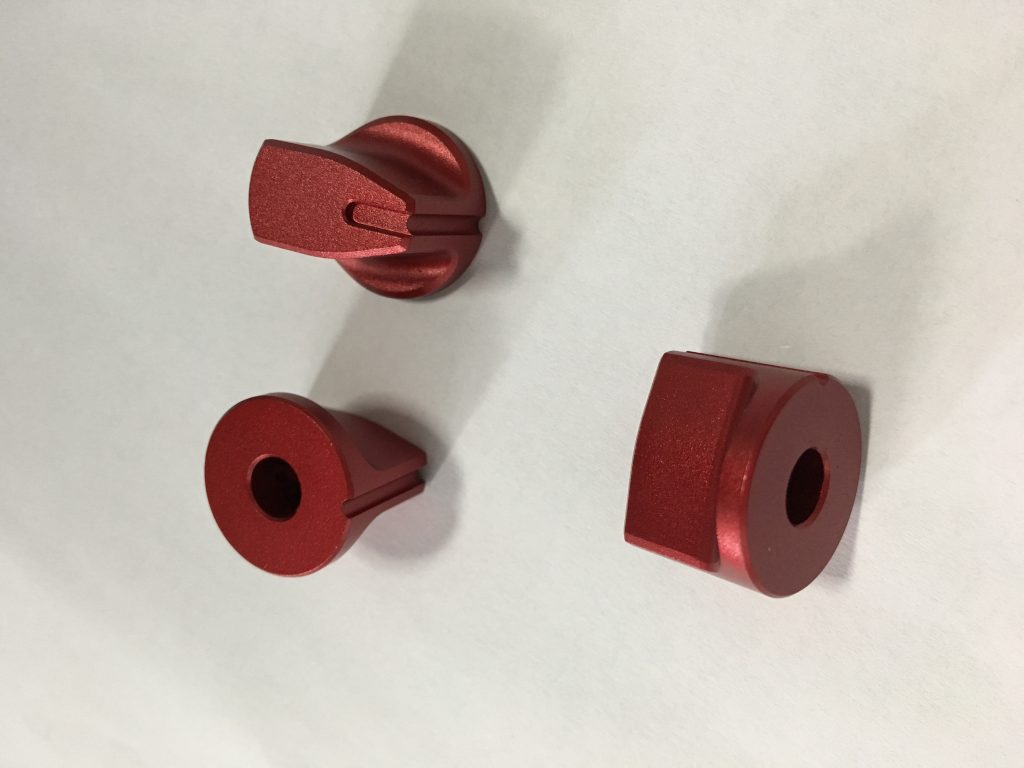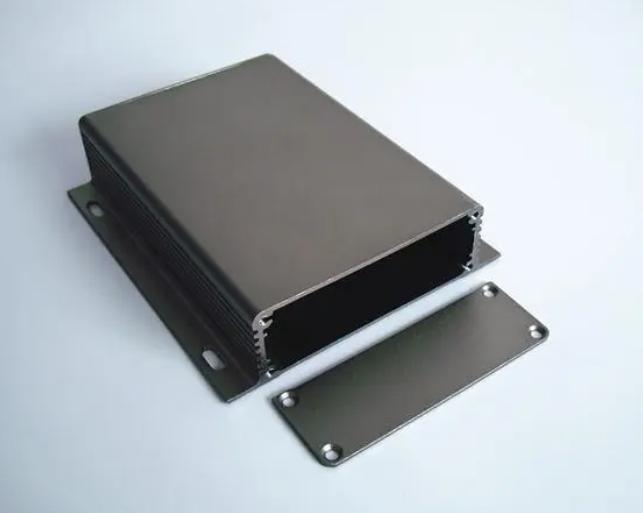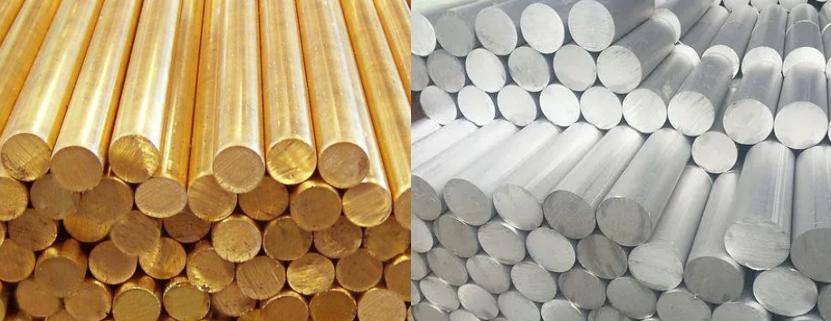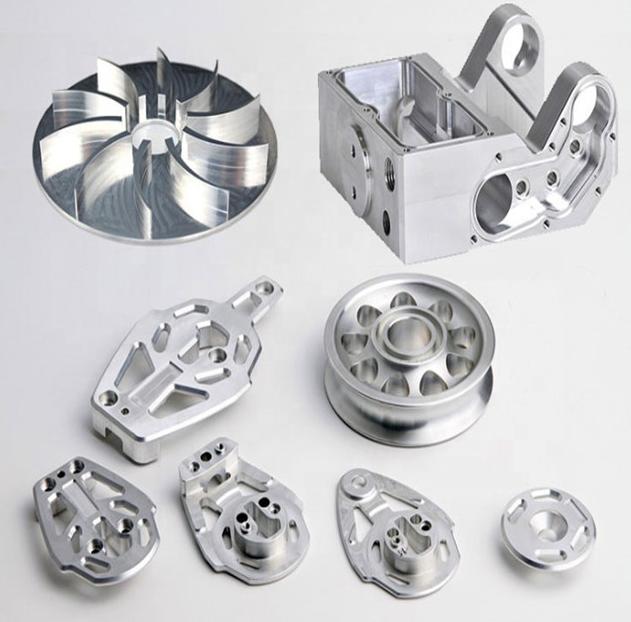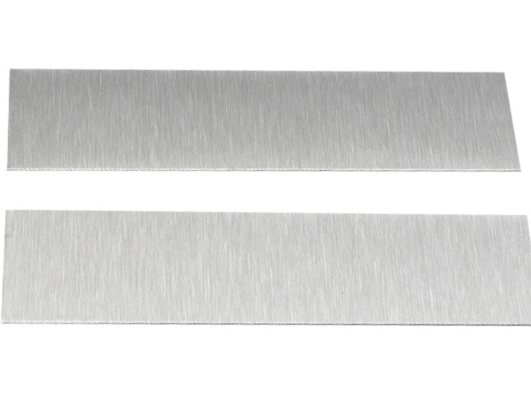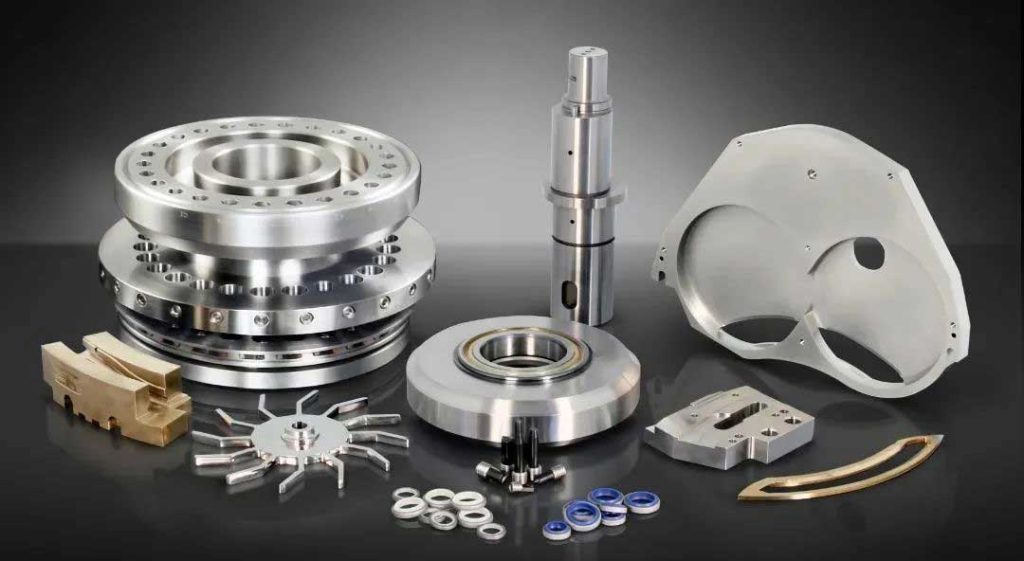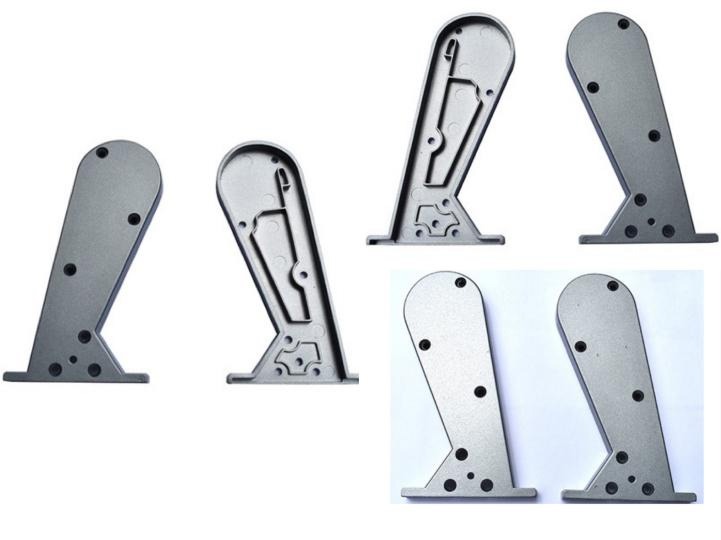Anodizing is an electrochemical process that coats the surface of aluminum with a layer of protective oxide. The distinctive qualities of anodized aluminum are derived from this layer. It’s vital to remember that the anodizing method utilized can affect this layer’s composition and thickness. Because of its corrosion resistance, longevity, and attractive appearance, anodized aluminum is a popular option. It’s found in jewelry, cookware, bicycles, and architectural components, among other things. But how can you make sure your anodized aluminum looks great and endures for many years to come? Here’s a comprehensive guide to caring for anodized aluminum:
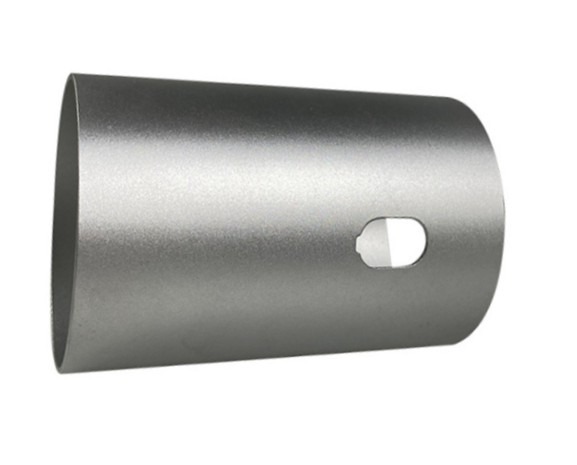
Regular Cleaning of Anodized Aluminum
- Frequency: Weekly cleaning is advised for items like cookware, bike frames, and door handles that are used frequently or are subjected to handling. Bi-weekly cleaning may be sufficient for items such as anodized interior components that are used less frequently or in a controlled environment. The frequency of cleaning should be modified for items exposed to inclement weather, such as outdoor furniture or architectural panels, depending on the level of exposure and external conditions (e.g., more frequent after heavy rain or dust storms). Regardless of the planned frequency, cleaning is necessary if there is easily noticeable dirt or discoloration on the anodized aluminum.
- Solutions: Use a non-abrasive cleaning solution made especially for anodized aluminum, or use mild soap and water. Steer clear of harsh chemicals that can harm the oxide layer, such as ammonia, bleach, and abrasive cleaners. Strong cleansers like ammonia and bleach are too abrasive for the aluminum oxide layer.
- Technique: Apply the cleaning agent using a microfiber cloth or a gentle sponge. To prevent scratches, gently scrub the surface in the direction of the grain. Use fresh water to thoroughly rinse, then use a gentle cloth to dry completely. The oxide layer can be scratched or damaged by rough sponges, scouring pads, or even some dish soaps that contain gritty particles.
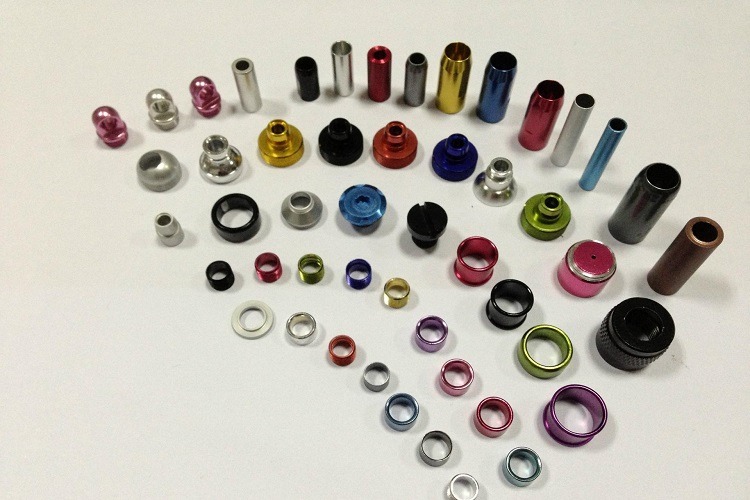
Addressing Specific Issues of Anodized Aluminum
- Water Spots: Mineral deposits on anodized aluminum can be caused by hard water. Use a vinegar and water solution (1 part vinegar to 4 parts water) to get rid of them. After applying and letting it sit for a short while, thoroughly rinse. Anodized aluminum may get white, chalky deposits when water evaporates from hard water due to the dissolved minerals, such as calcium and magnesium. These mineral deposits dissolve when exposed to vinegar’s acidity, which turns them into a form that is easily soluble and rinses away. Water stains can be removed with strong acidic or alkaline cleaners, but be careful—they can also harm the delicate anodized oxide layer. Vinegar’s low acidity offers sufficient cleaning power without endangering the aluminum surface.
- Stains: Try using a paste made of baking soda and water for tough stains. Use a soft brush to gently scrub the stain after applying the paste and letting it sit for ten to fifteen minutes. After rinsing well, pat dry. Baking soda’s fine crystalline structure makes it a mild abrasive. It is physically capable of eliminating surface-level stains and dirt without causing scratches or harm to the anodized layer when used as a paste and gently scrubbed.
- Scratches: Using a gentle cloth, small scratches can frequently be removed. Small scratches, which are typically hairline scratches that are invisible to the unaided eye, can be removed with a soft microfiber cloth or specialized buffing compound. The mild friction smoothes out the small flaws and minimizes the visibility of the scratches on the anodized layer. Only very small scratches can be repaired with this method. When deep scratches pierce through the anodized layer and reveal the aluminum underneath, they cannot be removed by this method. You might need to get professional refinishing advice for deeper scratches.
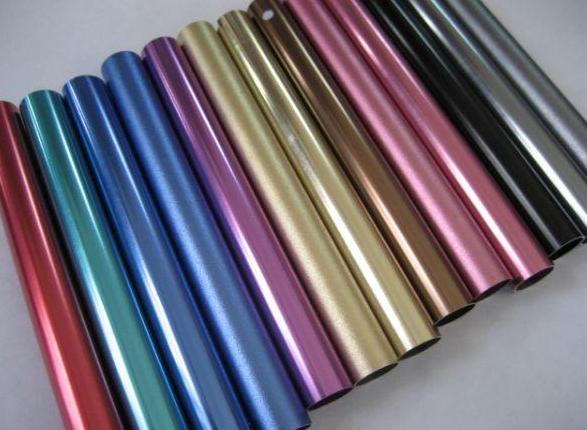
Maintenance Tips of Anodized Aluminum
- Minimize abrasion: To avoid scratches, avoid dragging or sliding anodized aluminum objects over uneven surfaces.
- Protect from harsh chemicals: Strong acids, alkalis, or solvents should not be applied to anodized aluminum as this could harm the oxide layer.
- Store properly: Store anodized aluminum out of direct sunlight in a cool, dry location.
Conclusion
Anodized aluminum care needs can differ slightly based on the type of finish. For specific advice, always check with the anodizing shop or manufacturer. Although some over-the-counter remedies, such as vinegar or baking soda, work well for minor problems, you should always test home remedies on a small, discrete area first. You might think about having professionally cleaned or re-anodized aluminum that has been severely neglected or soiled. This can be a good way to bring back the material’s original look and protective qualities.


